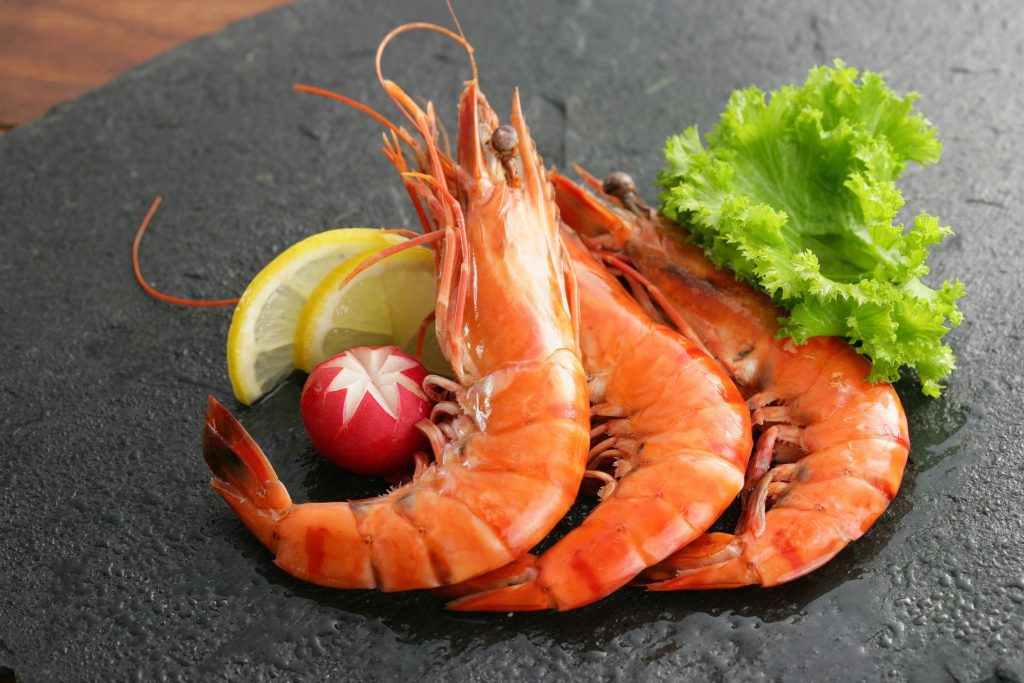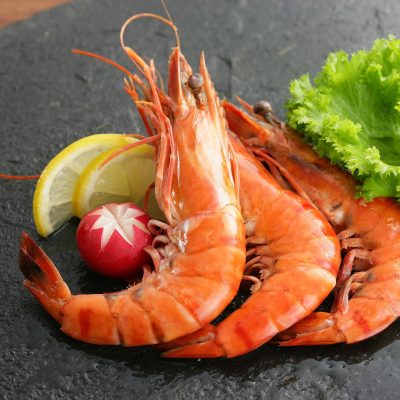Scampi, like their lobster cousins, is not something that is eaten every day. This food, which has always been served to emperors and the rich, is eaten whenever the occasion and the budget allows. For real gourmets, price is no object when it comes to top scampi. Certainly some of the highest quality scampi are found in the depths of the Kvarner Bay. The main feature of these scampi is their exceptional, delicate, juicy and sweet, high-quality meat. This gives them an extremely wide application in the kitchen; and can be used in carpaccio, buzara, soups, salads, pastas, risottos, and sauces. Croatian scampi have an orange-pink colour and a thin shell, which is another characteristic that distinguishes this variety from scampi found in other areas of the world, which have a more pronounced reddish colour and are therefore easy to distinguish at first glance. Croatian fishermen catch them in the Bay of Rijeka and in the Velebit Channel, as well as near Palagruža, Jabuka and the islet of Blitvenica in the Šibenik archipelago. And while each area produces excellent scampi, there are slight differences; one of them is defined by the depth of the sea they live in. Namely, scampi that like to burrow in muddy bottoms are fished at depths of 50 to 500 meters; while those found in depths of 40 to 60 meters have been proven to be slightly better. It is at these depths on the stretch of sea from Mošćenička draga, Brseč, Medveja and all the way to the island of Cres that the most esteemed Kvarner scampi can be found. Some of which can weigh up to 400 grams each. They are caught exclusively in traps in order to make sure the scampi remain undamaged. In this way, sand and mud are filtered out and juvenile scampi can escape to continue their lifespan. Drag nets, on the other hand, collect everything from the seafloor, destroying these delicate creatures and rendering their meat useless. Kvarner and Istra have also dedicated a festival to the crustacean, which is held in Rabac in May, because the scampi season starts in April and lasts until October. During this time the scampi are in full force. Caterers who put quality first, as well as those who delight at the very mention of the word scampi, know what to buy and choose. Croatian scampi are very worthy of the reputation they enjoy and because of their culinary value they form part of the backbone of Croatian cuisine and every important meal and event.




